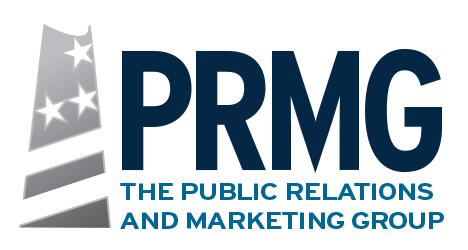5 Tips for Making the Most Out of Your Business’ Keyword Strategy
When it comes to search engine optimization (SEO), keywords are extremely important. Keywords are the words or short phrases that Internet users type into a search engine when looking for a website, business, service or product. In regards to SEO, search engines use keywords when analyzing and prioritizing websites. By including strong keywords in the content of your website, the meta tags, ALT tags, your domain name and each individual page name, your search engine rankings will dramatically improve. Apart from SEO purposes, keywords should also be used in blog entries and your Web advertising campaigns. This article will explain how to choose keywords that will boost your business’ online visibility and bring you higher conversion rates.
- Know Your Target Audience — Before determining which keywords to use, you must know exactly what your target audience is most interested in. Your keywords should consist of words or phrases that potential customers are most likely to use when searching for your business, service or website. Ask yourself: what would my potential customers most likely enter into a search engine? Once you are familiar with your audience’s needs and mindset, you can begin compiling a list of potential keywords.
- Brainstorm — Come up with a list of potential words and phrases that your target audience might use to find your business online. The goal is to show up as high as possible in search engine results when people search using these keywords. Generate a list of words or short phrases that relate to what your website is trying to promote, sell or offer to your target audience. Try to stay away from very popular keywords because the more competition there is for a keyword, the harder it is to rank high for it. You can narrow your keyword phrases by adding a location or town. Also, rather than repeating the same keyword over and over again in your Web copy, it’s best to use the keyword’s synonyms. This way, your content will be more interesting for readers and Google won’t mark you as a keyword abuser.
- Use Keyword Tools — There are plenty of tools on the Web that will help you determine the monthly activity or popularity of potential keywords. For example, try using the Google AdWords Keyword Tool. This useful tool can help you get keyword ideas for your overall list and, more specifically, for your Web advertising campaigns. Through this keyword tool, you can find keywords based on your website’s content and also identify negative keywords. Here are several other keyword tools available on the Web:
- Keep an Eye on Your Competition — By taking a look at your competitors’ meta tags, you can see which keywords they are using and get an idea of which words and phrases are most common in your industry. By using programs such as Web CEO, you can measure how well you, and your competitors, come up in search engines and, essentially, how easily potential customers are able to find your website. You can also try entering one of your desired keywords into a popular search engine to see which websites show up the highest for this word. While you are aiming for keywords that your target audience is most likely to use, you also want keywords that don’t have as much competition. If you can find a balance of strong keywords and less competition, you will have a better conversion rate.
- Adapt When Necessary — Over time, keep track of words and search phrases to determine which keywords you should keep and which you should remove. If you find that some of these words are no longer relevant, opt for different ones and monitor what works and what doesn’t.
For more information on keywords, please read our article, “On-Page Optimization and Keywords.” You can also contact The Public Relations and Marketing Group at (631) 207-1057 or johnzaher@theprmg.com. You can also visit our blog for more valuable articles, advertising spotlights and more.










